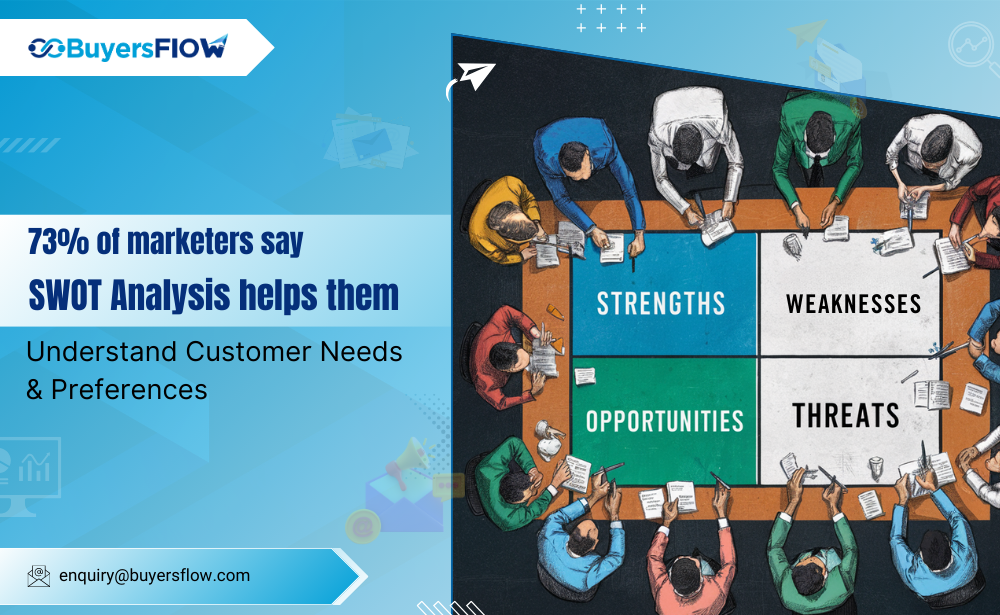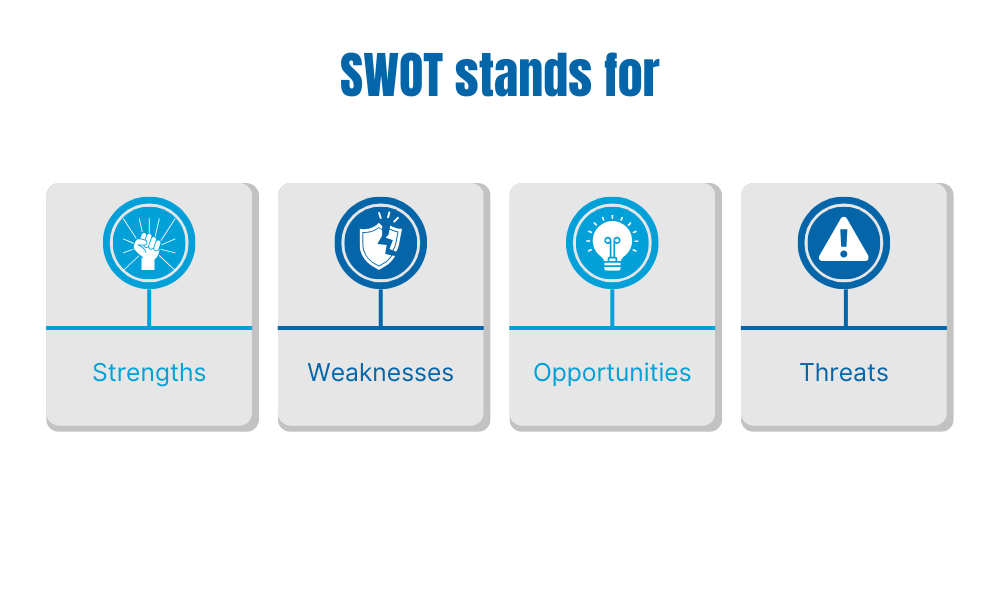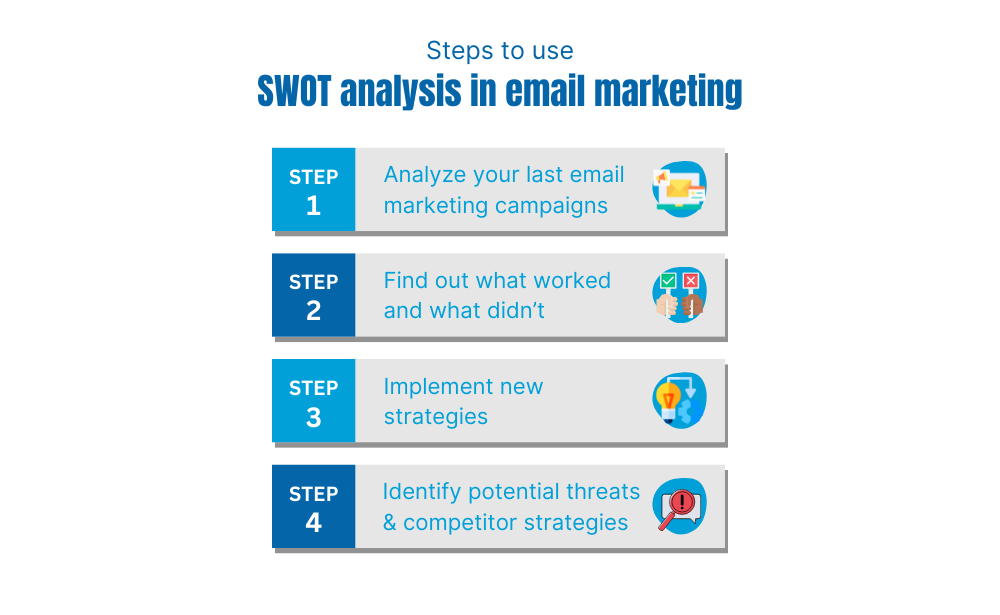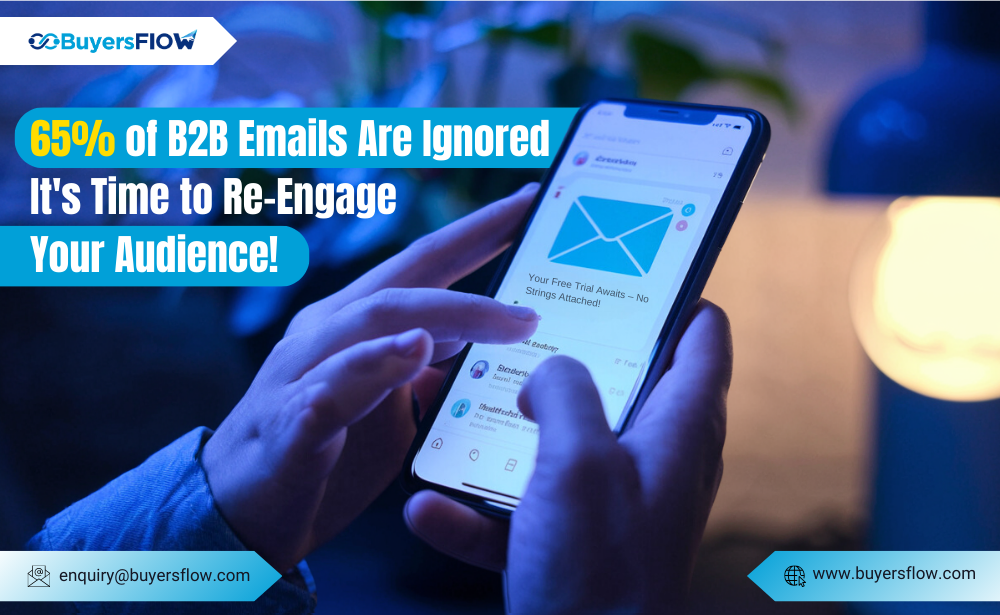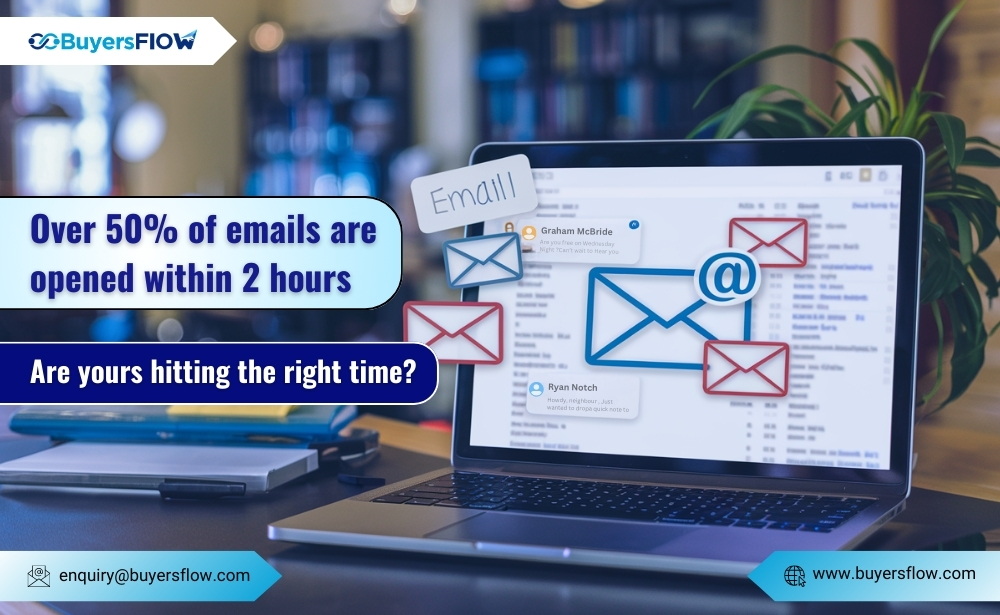Have you ever found yourself scratching your head, wondering how to take your email campaigns to the next level? You’re not alone. But how do we overcome this block?
The key is SWOT analysis, a powerful tool that can help you get a clear picture of where your email marketing stands and where it can go.
Let’s take a look at how it can help you optimize your email marketing strategy. But before we get started, let’s first understand:
What is SWOT Analysis?
SWOT stands for:
- Strengths: What are you good at?
- Weaknesses: Where could you improve?
- Opportunities: What external factors can you take advantage of?
- Threats: What challenges could hinder your success?
Now, let us understand how to put these techniques into practice.
Steps to use SWOT analysis for effective email marketing campaigns
Step 1: Identify Your Strengths
First things first, let’s talk about what’s working well. Take a look at your recent email campaigns and ask yourself:
- Which emails had the highest open rates?
- What content received the most engagement?
- Are there specific subject lines or calls-to-action (CTAs) that performed better?
Understanding your strengths can help you replicate successful tactics. For instance, if your audience responds well to personalized emails, make personalization a cornerstone of your strategy.
Step 2: Pinpoint Your Weaknesses
Nobody’s perfect, and that’s okay. The key is to identify areas where you can improve. Consider:
- Emails with low open or click-through rates.
- High unsubscribe rates.
- Content that didn’t resonate with your audience.
Maybe your subject lines aren’t compelling enough, or perhaps your emails lack clear CTAs. Pinpointing these weaknesses allows you to address them directly. For example, you might decide to try different subject lines or include more engaging visuals.
Step 3: Spot Opportunities
Now, let’s think about what’s happening outside your current strategy that you could take advantage of:
- Are there new trends in email marketing you haven’t tried yet?
- Is there a segment of your audience you haven’t fully tapped into?
- Can you collaborate with influencers or other brands?
Opportunities might include experimenting with interactive emails, leveraging user-generated content, or tapping into the latest AI tools to enhance personalization. The digital landscape is always evolving, so keep an eye out for new tactics and technologies.
Step 4: Acknowledge Threats
Lastly, consider potential threats to your email marketing success:
- Increased competition in your industry.
- Changes in email marketing regulations.
- Shifts in consumer behavior.
For instance, with the introduction of stricter privacy laws, you might need to adjust how you collect and use email data. Or, if your competitors are ramping up their email game, you’ll need to find ways to stand out.
Putting It All Together
Once you’ve identified these factors, it’s time to put SWOT analysis into action. Here’s how:
- Leverage your strengths by concentrating on what works. If personalized emails are your strong suit, explore ways to personalize even more aspects of your campaigns.
- Develop a plan to tackle areas where you’re falling short. This might involve trying different elements or revising your content strategy.
- Experiment with new trends and tools. If there’s a growing demand for AI and automation, consider incorporating them into your strategy.
- Stay up-to-date on industry changes and take proactive steps to address potential challenges. This could mean revising your data collection practices or differentiating your brand more effectively.
To Sum Up
Using SWOT analysis in your email marketing strategy is like having a roadmap to success. It helps you understand where you are, where you want to go, and how to get there. By regular analysis, you can stay ahead of the curve and continuously optimize your email marketing efforts.
